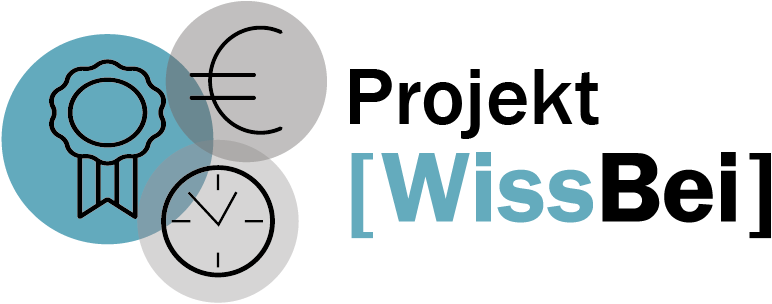As a result of a rather long research project about the role of advisory boards in German academia, a new publication (in German but with an English summary of its major insights, see below) has just been published. Reflecting the long duration of the research, the outcome is a hefty 227 pages.
Together with my co-authors, I investigated quantitative and qualitative aspects of inner-academic advisory boards in Germany, ie. those boards that are made up primarily or in their entirety by academics, and which advise other academics — and not politicians, for example.
On the quantitative side, we analysed, extrapolated and thus estimated how many of those advisory bodies exist in Germany. For this we looked at research centres, university institutes, scientific journals, academic societies, research projects and programmes funded by different agencies as well as academic prizes. All in all, we investigated thousands of entities within the field of German science to find out where those advisory bodies are omnipresent and where they are scarce. Additionally, we gathered all kinds of data on these councils: Governing laws and by-laws (on frequency of meetings, electability etc.), membership numbers, age, gender and academic status of members, academic affiliation and so on.
On the qualitative side, we relied on an online questionnaire, case studies and interviews with members and coordinators of boards active in different disciplines and branches of the German science system to gather information on why they were formed, if their respective role has changed over time, how their actual working conditions are, how satisfied members are with their service, what kind of successes and failures the interviewees perceived in their work.
As a result of both the quantitative and qualitative data, we drew up a typology of four predominant forms of academic advisory boards, according to their function for different scientific entities.
Furthermore, based on our numbers, we chanced to calculate the investment of time and money associated with these boards in the German science system. For the time aspect, this means that we estimated how much time members and coordinators approximately invest per year to keep this advisory system running. In the following step we translated this amount of time into salaries’ equivalents and added the fixed expenses that occur when the advisory boards meet (catering and overnight accomodation, mostly).
The publication ends with some remarks on possible future changes awaiting intra-academic advisory boards. As our investigation was started before the COVID-19 pandemic, we realised halfway through that we had to incorporate changes in meeting patterns etc., which the pandemic brought along, into our data. And then we realised in the interviews that not only the pandemic might change the role (and maybe the numbers) of scientific advisory boards in some parts of the science system, but other factors as well. Without being able to generalise these insights, we nevertheless opted to give an outlook of possible challenges and changes.
If any or all of the above sounds (remotely) interesting, one can either obtain a paper or pdf copy — in German — from the website of the Berliner Wissenschafts-Verlag (yes, that’s how they write their own name, don’t blame me for the hyphen). Or read summaries on the project’s website, either in German or in English.
And if you wondered about the image atop this post, this is the official logo of the project. Yes, long-term projects at the institute get logos, and yes, it consists of icons supposedly representing time, money and merit. And no, I’m not particularly happy with the logo, but do not care either. At least you won’t find it anywhere in the monograph.

